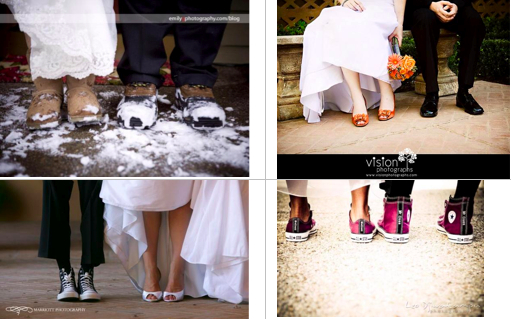Matthew Cline and Sudipta Shaw have both recently written blog entries that examine how photographs can tell stories.
“A storyteller strives to have a deeper understanding of the subject and convey that through the camera,” Cline writes. He wonders if the many elements that go into making a story can “be captured in one frame? One single image?” His answer: “Most definitely.”
Shaw’s musings are based on a recent visit to the George Eastman Museum of Photography. “After looking at most of the photos (half way of the tour), I found an intangible element in almost all the photos,” Shaw notes. “It’s the “story” behind what (and how) the photo has been shot.”
Shaw concludes that “as any other properties of storytelling, a photo should comprise of one or more of 5 elements — Mood, Emotion, Narrative, Ideas, or Messages.” He goes on to give at least one example photo for each element, along with technical thoughts on how a photographer can achieve those elements.
Cline’s scrutiny of photographic storytelling led him to develop what he calls“a new form of photographic storytelling,” striving to create a “presentation that would make the story behind the photos more evident to everyone watching.”
It’s interesting to consider Cline’s photographic storytelling success based on Shaw’s 5 elements. Same goes for some other nice photographic storytelling I’ve encountered recently:
- The Longest Way Home (below) by Christoph Rehage, like Cline’s creation, is more than photography. Rehage, attempted to walk from China to Germany. He walk about a third of the initial way, from November 9, 2007, (his 26th birthday) until October 27, 2008. Then he stopped, got a haircut and shaved off his beard, and took a plane home. The shave and haircut are significant because Rehage documented his walk with daily photos and short videos, compiling them into the video/slideshow referenced above. The video is set to music and has a few printed captions. I love the way this piece is done with Rehage always in the same position in the photos.
The Longest Way 1.0 – walk through China and grow a beard! – TIMELAPSE from Christoph Rehage on Vimeo.
.- What kind of stories can shoes at a wedding tell? “Emily G” of Emily G Photography explores that question by presenting four photos of shoes at weddings (below). She writes: “All you need is two pairs of shoes, one bride, one groom and one unique picture to begin to tell the story of your wedding. … This photo will tell a lot more about your wedding than you think. Your shoes reflect not only you and your groom’s personalities but also the spirit of the day. … Take a moment to look at each of the four pictures, all different brides with a completely different story. Just by these two pairs of shoes you can see a snapshot of their wedding day. What was the weather like? Was it a formal wedding or did they dance down the aisle? Did they plan the attire together or do opposites truly attract?”

- Stephen Crowley of the New York Times writes extensively of the storytelling photography of the late photojournalist Grey Villet, citing Villet’s commitment to the “great tradition of storytelling.” You can see the story of that storytelling here and more of Villet’s work in this online exhibition.
- The Julia Galdo Housewife Series gets storytelling props from TrendHunter Magazine.
